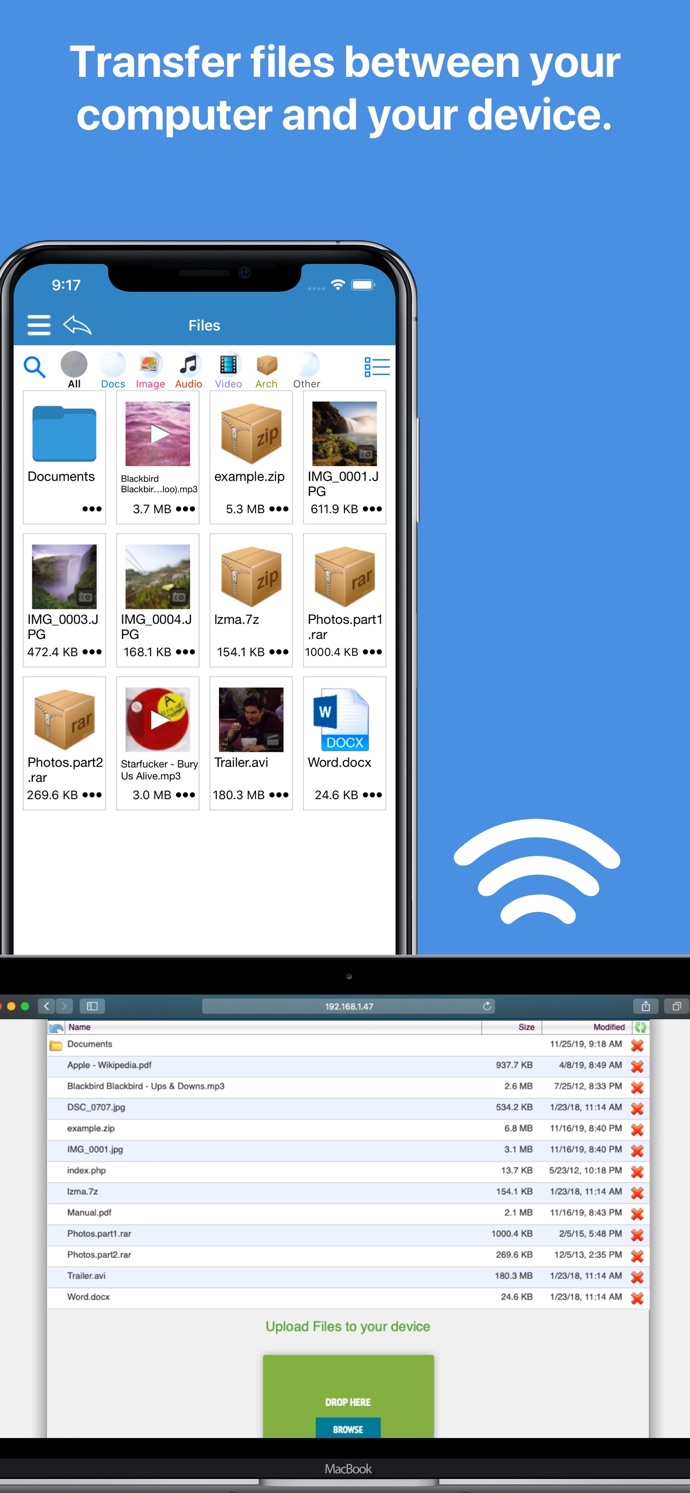

This configuration file could be a *.xml file or a *.txt file or even database fields.įeel free to comment on this and modify as you like. Reading of filename and path can be configurable.File encryption and decryption to be added.Web service request and response to be added.However, the following points are worth noting for further enhancement: This needs to be improved a lot to make it professional. FinallyĪs I mentioned earlier, this article is very basic. And there is a port of the command line version to Linux/Unix. You don't need to register or pay for 7-Zip. You can use 7-Zip on any computer, including a computer in a commercial organization. The code is tested both on Intranet and Internet and works fine. 7-Zip is a file archiver with a high compression ratio. If the server is a different machine than the client machine, then while giving a Web reference to the client, please select the Web service installed on that particular server and select it and the reference. In the runtime mode, clicking on the button will transfer the file from the server to client and display the message “File Downloaded Successfully”. Now add a new Web reference add the reference of the Web service which you had just created. Label1.Text= " File downloaded successfully"

WSRef.FileDownload ls1 = new WSRef.FileDownload() ī1 = ls1.DownloadFile( " C:\\Source.xml") įs1= new FileStream( " D:\\Source.xml", FileMode.Create) Our next generated class, CountryServiceImplService, extends .Service.Copy Code private void Button1_Click( object sender, System.EventArgs e)
Next, let's look at the generated artifacts that are the same for both the Java versions. Now, to generate the client code in the package .client.generated, we'll need the same Maven command as before: mvn clean jaxws:wsimport To generate client code using wsimport, we can navigate to the project's root and run this command: JAVA_HOME/bin/wsimport -s src/main/java/ -keep -p .client.generated " It's important to bear in mind that the service endpoint should be available in order to successfully execute the plugin or command. It comes out of the box with the standard JDK 8 distribution and can be found under JAVA_HOME/bin directory. That's all! The above command will generate code in the specified package .client.generated inside the sourceDestDir we provided in the plugin configuration.Īnother way to achieve the same would be to use the wsimport utility. Second, let's execute this plugin: mvn clean jaxws:wsimport That's all we need to implement a client.


 0 kommentar(er)
0 kommentar(er)
